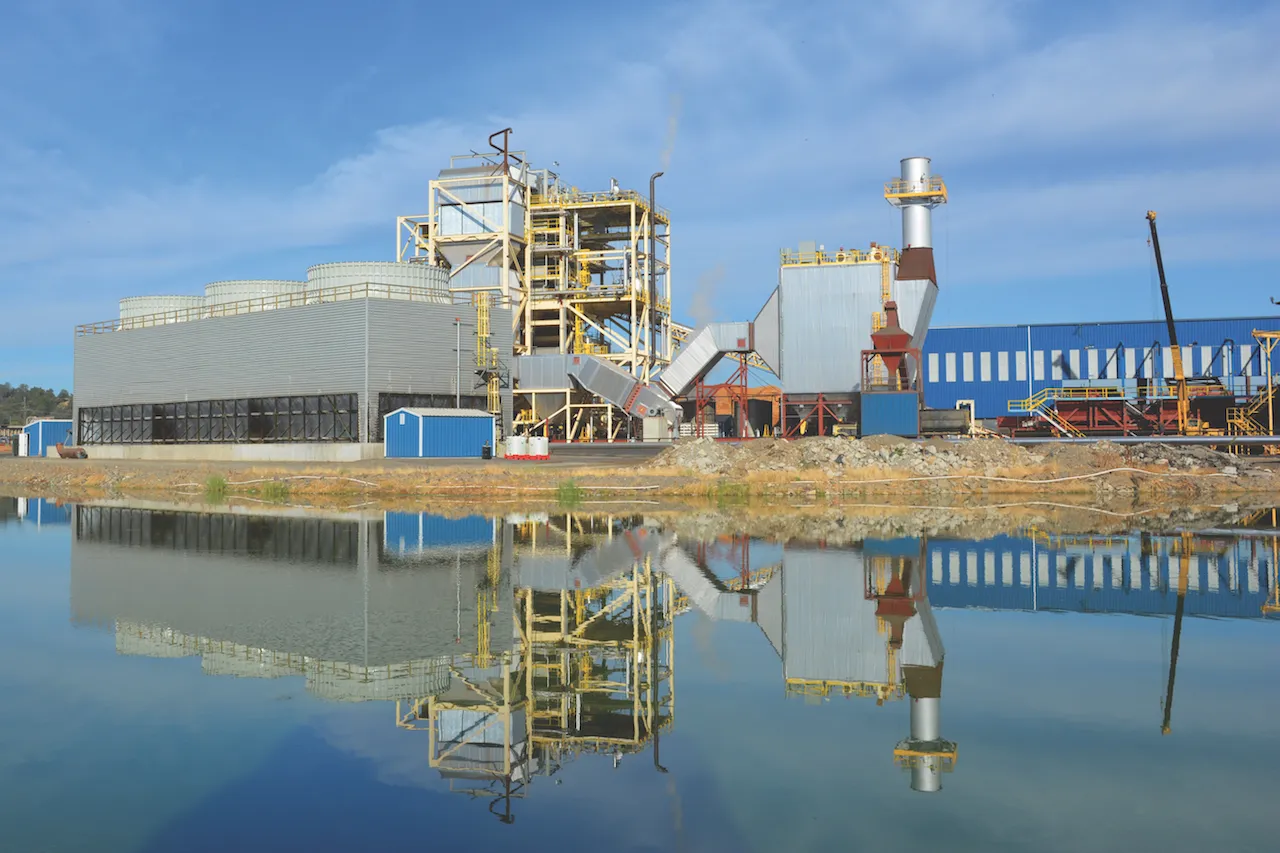Table of Contents
The tall tales are still being told—in schools, in the media, in conversation. We’re constantly hearing false stories about the work we do and the products we produce.
But interestingly, and perhaps optimistically, it typically takes just one good chat to help a dissenter understand that those of us in the forest products industry rely on the renewability of our product, the accessibility of clean fuel, and the protection of our forests. Two NAWLA member companies are making purposeful, tangible strides toward environmental stewardship—by making smart business decisions.
Cogen & Reforestation at Sierra Pacific
California-based Sierra Pacific Industries is a third-generation family-owned forest products company with its eye on the long-term. Andrea Howell, director – corporate affairs, says, “Our decisions around cogeneration plants and power production make good business sense, and they make good environmental sense.”
SPI’s seven cogeneration plants in California and Washington turn wood residuals into 150 megawatts of electrical power, enough to power 125,000 homes. “We operate in states where there is a market for this renewable energy,” says Howell. Some of the power is used to operate the mills in which it is generated, and excess electricity is sold to local public utilities. Additionally, the steam is also used to dry lumber in the kilns.
Aaron Sulzer, VP – sales & marketing, agrees: “Cogen is a good fit for what we do. We have the fuel sources with bark, sawdust and other low-grade byproducts—and we have the scale to do it.”
Sierra Pacific’s efforts don’t stop there. They are also a program participant in the Sustainable Forestry Initiative, one of three programs that support forestland owners in practicing sustainable forestry practices on forestlands they manage. SFI policies cover 14 guiding principles, as well as strict water quality standards, biodiversity evaluations, and forestry laws throughout the U.S. and Canada. Why go to all this trouble? It’s the right thing to do, and, “Our retailers want to be able to tell their customers that they are buying a sustainable wood product,” said Sulzer.
While SPI’s efforts make for an excellent elevator pitch about sustainability in forestry, Howell and Sulzer say this is just a small part of the story in recruiting new talent. “We are an attractive employer because we are family-owned, have a strong history, and provide good benefits, along with our economic and environmental sustainability,” says Howell.
Biomass Fuel Facility Going Live Soon at Robbins Lumber
Robbins Lumber, founded in 1881, is a fifth-generation family owned and operated business. It has a state of the art lumber mill located on a 40-acre site along the Maine coast. The facility consists of drying kilns with a total capacity of 675,000 bd. ft., two wood-fired boilers, a computerized sawmill, planning mills, and 70,000 sq. ft. of warehouse. Robbins Lumber owns and manages 30,000 acres of its own forests and purchases logs from over 150 independent loggers.
“Recent shutdowns of pulp and paper mills in Maine and the loss of two biomass power plants in the area have created an oversupply of wood waste from local logging and sawmill operations,” says Catherine Robbins-Halsted, co-owner and manager of Robbins Lumber. In fact, Robbins’ sawmill produces 90 tons of paper-making quality wood chips and 50 tons of sawdust daily.
A successful biomass generation plant will help offset the diminished wood demand from paper producers and thus sustain Maine’s forest economy. As a result, an 8.5 megawatt biomass-fueled power generation facility, Georges River Energy (GRE) LLC, will provide a market for that wood waste, and has already proven to provide long-term employment opportunities in the area, in forestry, lumber, and trucking industries.
The project is nearing completion, with an expected on-line date in fall 2018. The electricity produced will be exported to the Central Maine Power (CMP) grid for sale. Remaining thermal energy generated from the system will provide steam for drying lumber in the kilns and heat for the buildings—no small feat for the frigid Maine winters.
“GRE will help to preserve Robbins Lumber as a long-term provider of quality jobs and a backbone of Maine’s forest products industry,” says Robbins-Halsted.
According to the Maine Department of Labor and the Quarterly Census of Employment and Wages, the construction of the GRE generator facility itself has had a major economic impact already, with more than $20 million in sales and spending, and nearly 170 full-time jobs.
The impact is expected to increase once the plant goes on line later this year. Estimates from those same agencies put the annual sales spending directly and indirectly related to the facility at more than $50 million, and nearly 300 full-time jobs in the area will result from the plant opening; a threefold increase over the 115 employees across Robbins Lumber’s woodlands and sawmill operations.
What Does It All Mean?
Sierra Pacific and Robbins are just two examples of NAWLA member companies making purposeful business decisions that are smart environmental decisions, too. And while the scale and approach to what each company does varies a great deal, they both agree the impacts on the sustainability of their business and on the earth are critical.
It’s up to us, as forest products experts, to share stories such as these, at every opportunity we have. The only way misconceptions about our work can be overcome is by educating the public, the media, and even children. In fact, the Forever Forest exhibit, sponsored by Union Pacific and NAWLA is doing exactly that—“taking our show on the road” as it were. This traveling exhibit shows children and their families the ways in which wood is responsibly grown, harvested, processed and, eventually, in our daily lives. Kids learn about reforestation and sustainability along the way. The exhibit’s first stop at the Omaha Children’s Museum just concluded, with a total of more than 163,000 visitors over seven months. Its next stops will be in Nebraska this summer, then a longer stint at The Magic House in St. Louis starting in September.









